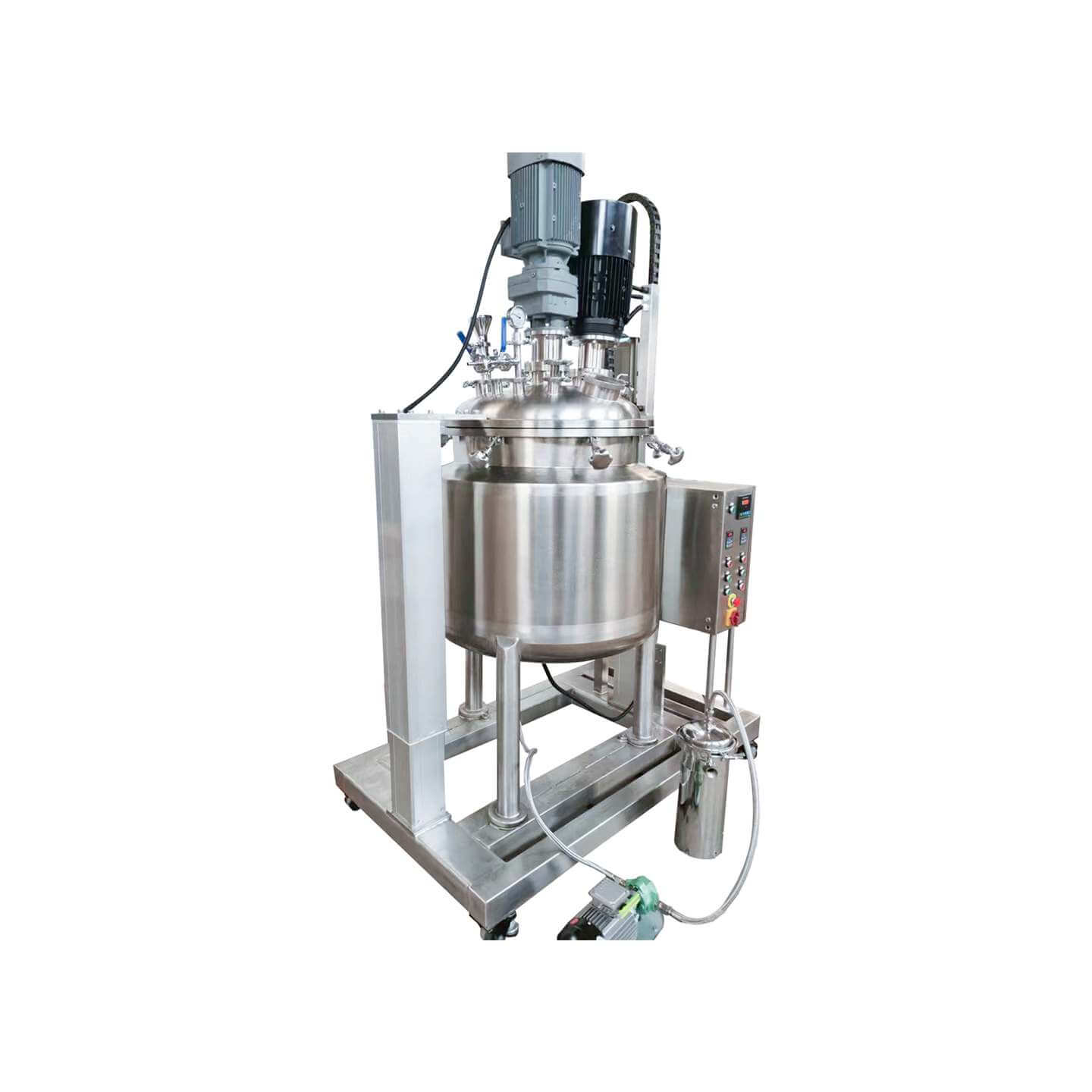

Laboratory Reactor
Laboratory reactor: used in the chemical industry, pesticide, paint, and other fields
Material
glass, stainless steel (316, 304), carbon steel, others
Capacity (L)
10-10000+
Mixing system
anchor, paddle, frame and others
Heating system
electric heating, oil heating and others
The laboratory reactor is small in size, beautiful in appearance, light, and fast in installation. It is composed of a pot body, pot cover, stirrer, jacket, support and transmission device, shaft sealing device, etc. The type of stirring device, rotation speed, sealing structure, heating method, etc. are produced.
Request a quoteThe laboratory reactor is a device used as a chemical reaction vessel. The product has the advantages of safe and reliable use, easy maintenance, and a wide application range. There are many problems that users need to pay attention to in the process of using the laboratory reactor. Today we will introduce the ten key points of using the laboratory reactor in detail.

1. When reacting with different media in the reaction kettle, it is necessary to first check whether the media corrodes the main material. Special orders are required for violent instantaneous reactions, chemical reactions that generate a large amount of gas or high temperature, flammable and explosive, as well as ultra-high pressure, ultra-high temperature or chloride ions, fluoride ions in the medium and other serious corrosion reactions to stainless steel!
2. When loading the reaction medium, it should not exceed 2/3 of the liquid level of the laboratory reactor body!
3. When working or at the end, it is strictly forbidden to disassemble under pressure! It is strictly forbidden to work the kettle under overpressure and temperature!
4. When cleaning the autoclave, special attention should be paid not to let water or other liquids flow into the heating furnace to prevent the heating furnace wire from burning. If the jacket heat transfer oil is heated, be careful not to add water or other liquids when adding the heat transfer oil, and check the oil level of the heat transfer oil from time to time!
5. If there is an abnormal sound inside the isolation sleeve during operation, stop the machine to release the pressure and check whether there is any abnormality in the stirring system. Regularly check the swing of the stirring shaft. If the swing is too large, the bearing or sliding sleeve should be replaced in time!
6. Connect the corresponding voltage according to the operating voltage of the controller, single-phase 220V, three-phase 380V, the live wire and neutral wire of the controller should not be reversed; do not perform wiring work during power transmission to prevent electric shock! To ensure the controller For normal operation and personal safety of staff, please connect the ground wire! The controller itself is not explosion-proof, so it should avoid flammable and explosive environments such as oil and gas!
7. When the final reaction temperature is determined, it is not allowed to change the temperature setting value during the heating process, to avoid a large overshoot of the temperature!
8. Under the premise that the controller is connected to the power supply, even if the switches such as heating and stirring are not turned on, the output terminals of the rear panel of the controller are still charged, and it is not allowed to pull or touch any plugs during operation!
9. The working time display is the internal single-chip microcomputer 8031, which is timed by the accumulation of the internal frequency division. Every time the power is turned on and off, the internal accumulated data will disappear. During operation, it should be noted that the working time is displayed in units of minutes, and the maximum working time The time is 9999 minutes (166.5 hours)!
10. The correct detection position of the speed display is very important to the stable display of the speed. This position has been adjusted at the factory, do not adjust it at will!




